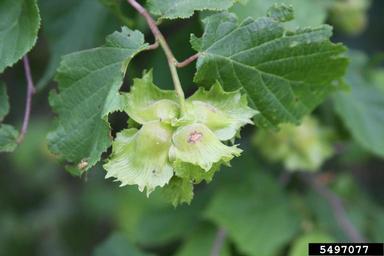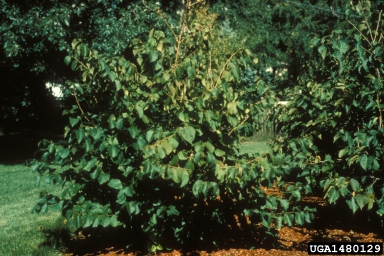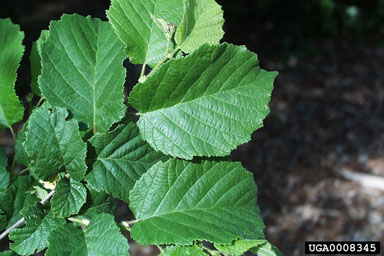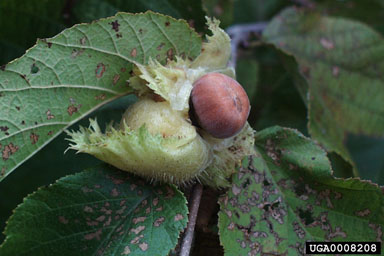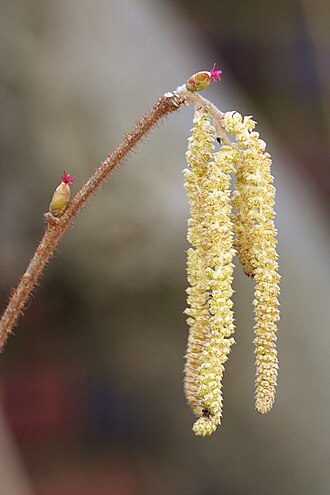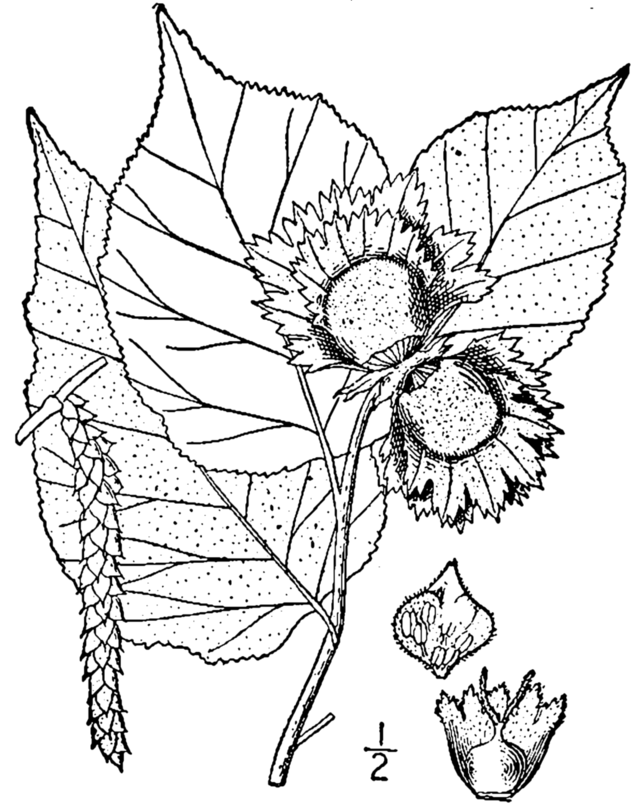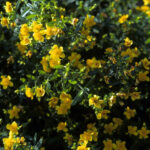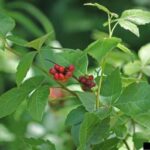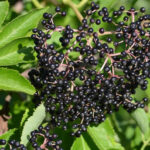Description
American Hazelnut Corylus americana
TREEPOT 5″ x 5″ x 14″
Light: Full Sun, Partial
Moisture: Dry, Medium, Moist
Soil: Clay, Loam, Sand
Height: 6–15 feet
Bloom Season: April, May
Fall Color: Yellow, Copper
Bloom: Yellowish Brown Male Catkins and Tiny Red Female Flowers
Benefits: Birds, Host Plant
Notes:
American Hazelnut (aka American Filbert) is a deciduous shrub that produces edible nuts with ragged papery husks in late summer. Its deep green leaves turn yellow and copper color in the fall.
American Hazelnut is a unisex species—separate male (catkins) and female (tiny flowers) parts are on the same branch. Showy yellowish-brown catkins (2” to 3“) and tiny reddish bud-like female flowers with a spray of red styles at the tip, appear early spring.
It is a medium to large shrub that can look like a small tree. Most often it has multiple stems and long outward-growing branches that form a dense rounded shape.
Many wildlife species are attracted to hazelnuts. Deer, fox, squirrels, woodpeckers, turkeys and more eat the nuts. Deer and rabbits browse the leaves, twigs, and catkins. So it is best to put a cage around this shrub when it is small. The dense growth habit provides nesting sites for birds. American Hazelnut is the host plant to the Polyphemus and lo moths among other lepidoptera.
One of these shrubs will produce some nuts, but if you want to produce an optimal amount of nuts, it is recommended to plant 3–5 as the they are wind-pollinated.
1. Steven Katovich, Bugwood.org
2. Richard Webb, Bugwood.org
3. & 4. Paul Wray, Iowa State University, Bugwood.org
5. Melissa McMasters from Memphis, TN, US, Wikimedia Commons,Creative Commons, Attribution 2.0 Generic license.
6. Public domain, USDA-NRCS PLANTS Database / Britton, N.L., and A. Brown. 1913. Illustrated flora of the northern states and Canada. Vol. 3: 213.

